PREVIOUS ARTICLENEXT ARTICLE
NEWS
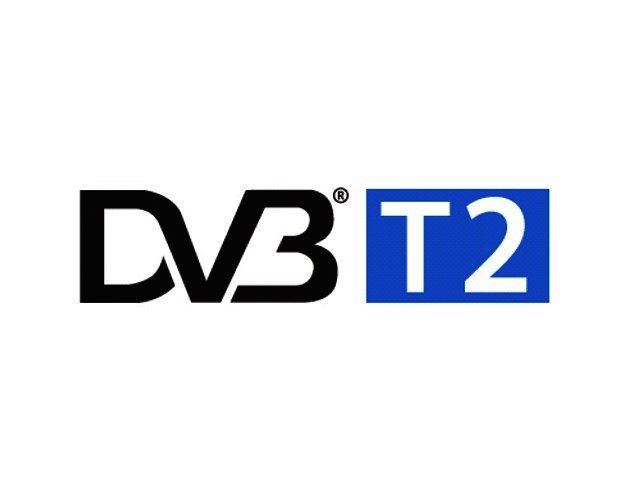
Tech News Round-up - Analogue TV to get axe by 2013
By Hanleigh Daniels 14 January 2011 | Categories: news
Analogue TV’s obituary written
Communications Minister Radhakrishna (Roy) Padayahcie has announced that South Africa will adopt the DVB-T2 digital television standard. This announcement comes after speculation that the Department of Communication might rather side with the ISDB-T standard, currently supported by Brazil and Japan. Digital Video Broadcasting – Second Generation Terrestrial (DVB-T2) is the successor to the DVB-T standard for broadcasting digital terrestrial television.
This European standard is currently used to broadcast digital television in the UK, Sweden and Italy. According to Tech Central, Padayachie also announced that SA will switch off analogue terrestrial broadcasts by December 2013, extending on a previous deadline of November 2011.
Three new BlackBerry devices gets leaked
Pics and specs of three forthcoming BlackBerry smartphones, including the new Curve and the new Torch, have made their appearance on the web, courteousy of BGR. Both the Curve and the Torch are reportedly packing magnetometers, as well as BlackBerry OS 6.1. A magnetometer measures the strength and direction of the magnetic field, which largely boosts the capabilities of mapping apps.
The Torch 2 runs on a 1.2 GHz CPU, packs tri-band HSPA 14.4 Mbps, a 3.2" 640 x 480 capacitive touch-screen, double the internal storage (8 GB) of the current model and 512 MB RAM.
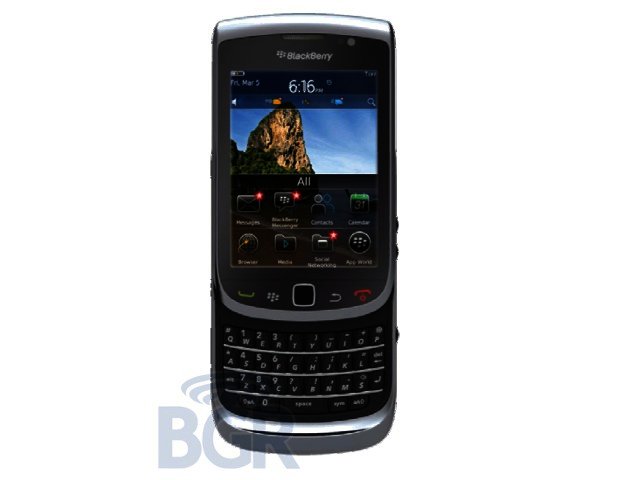
Research in Motion’s (RIM’s) new Curve “Apollo” features Wi-Fi b/g/n, near field communication (NFC) capabilities much like that on the new Google phone, 512MB of storage space and 512 MB of RAM, as well as a 5 megapixel camera with flash and 480 x 360 display.
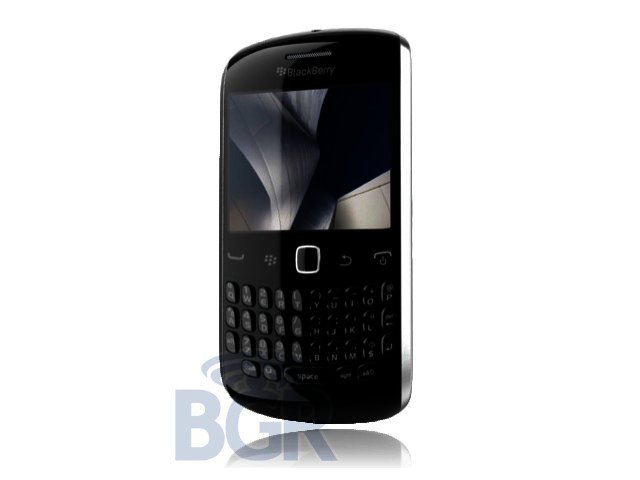
Besides these two there is also the new Dakota that sports a 2.8" 640 x 480 capacitive touch-screen and QWERTY keyboard (like the Nokia X3 Touch and Type), 4 GB of internal storage, 768 MB of RAM as well as a 5 megapixel camera with HD video recording. This 10.5 mm thin smartphone also boasts Wi-Fi b/g/n and will launch with BlackBerry OS 6.1.
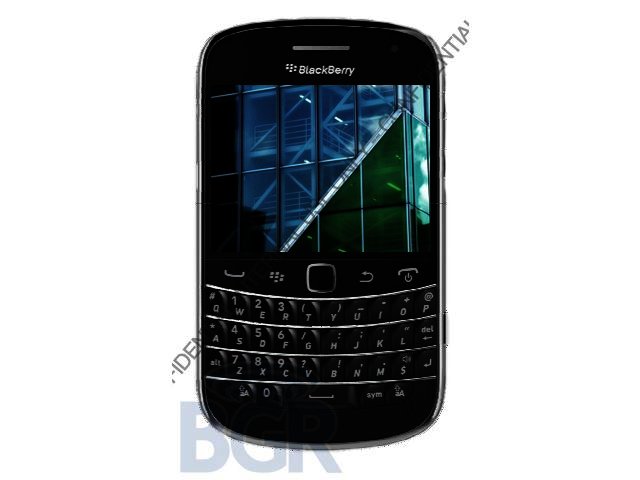
All images: as seen on BGR
Nvidia GPU without any display ports
KFA2 has unveiled its Nvidia GeForce GTX 460 WHDI graphics card, the world’s first wireless Graphics Card. It utilises AMIMONS’s WHDI technology, enabling users to wirelessly connect their PCs to their HDTV or distant display with out the hassle of cables. Users will be able to employ its five aerials to stream uncompressed 1080p video from their PCs to their wireless home digital interface (WHDI) enabled TVs at a range of around 30 m.
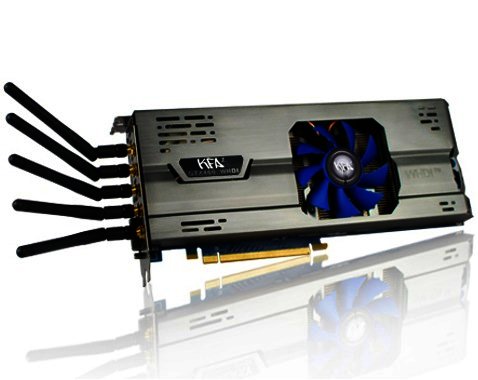
New Skype user record set
According to GigaOm, IP voice- and video calling operator Skype set a new record number of simultaneous users during the week. Skype normally has around 25 million simultaneous users during peak hours, but this week saw that figure clime to over 27 million users signed onto the service at the same time.
The large increase in new users could be attributed to Skype recently releasing a new app for the iPhone, which allows iOS users to make and receive video chat calls on their mobile devices. Skype will no doubt make another record user announcement in the not too distant future, seeing that it is coming to Android smartphones soon.
Nokia letting fewer workers go
MySpace isn’t the only company trimming its workforce, as the world’s largest phone maker Nokia announced plans last year to cut 1800 jobs around the globe. Now the company is scaling back on the number of jobs being cut, at least in its own backyard. According to the Bloomberg Businessweek, the Finnish company now plans on cutting 500 jobs in Finland, 300 less than was originally announced for that region (800) in December.
These job cuts will involve the company’s plants in the Helsinki area, including the headquarters in Espoo, which will lose 120 employees, according to Paeivyt Tallqvist, a spokeswoman for Nokia. A further 198 positions will be terminated in Tampere, 103 in the northern city of Oulu as well as 82 in Salo, where Nokia has a factory producing smartphones.
Asus sets record straight over its new tablets’ OS
During the 2011 Consumer Electronics Show (CES) Taiwanese manufacturer Asus unveiled a range of new tablets, mostly powered by Android. These include the Eee Pad MeMO, a 7" tablet running Android 3.0 (Honeycomb) and powered by a Qualcomm 8260 Snapdragon CPU clocked at 1.2 GHz. Next up was the Eee Pad Slider also based on Android 3.0, but also boasting a slide-out keyboard and a display which can be tilted. Lastly there was the Eee Pad Transformer, sporting a detachable keyboard deck which features extra USB ports and a card reader alongside an additional battery.
UK website The Inquirer then reported that these tablets will in fact not be running Honeycomb, as Asus didn’t know the detailed technical specifications requirements for the Android 3.0 OS and thus couldn’t confirm that Honeycomb will be the tablets’ OS.
But Asus refuted this and a recent relase from Steven Tu, marketing manager at ASUSTeK South Africa, is that the company’s new tablets “WILL be running Honeycomb, even if Google’s Honeycomb release schedule is not 100% finalized yet. The international planned release of our tablets remain April for the Transformer, May for the Slider, and June for the MeMo.”
USER COMMENTS
Most Read Articles
Read

Magazine Online
TechSmart.co.za is South Africa's leading magazine for tech product reviews, tech news, videos, tech specs and gadgets.
Start reading now >
Download latest issue
Have Your Say
What new tech or developments are you most anticipating this year?
New smartphone announcements (45 votes)
Technological breakthroughs (29 votes)
Launch of new consoles, or notebooks (14 votes)
Innovative Artificial Intelligence solutions (29 votes)
Biotechnology or medical advancements (24 votes)
Better business applications (160 votes)



